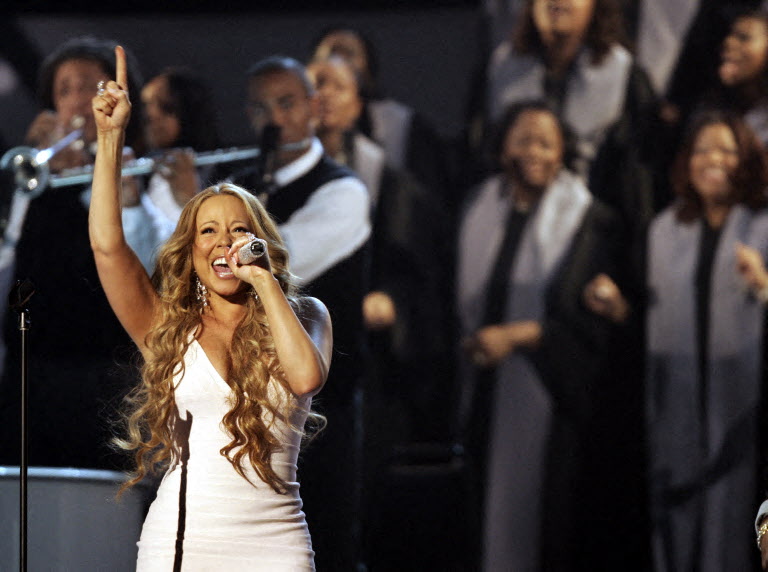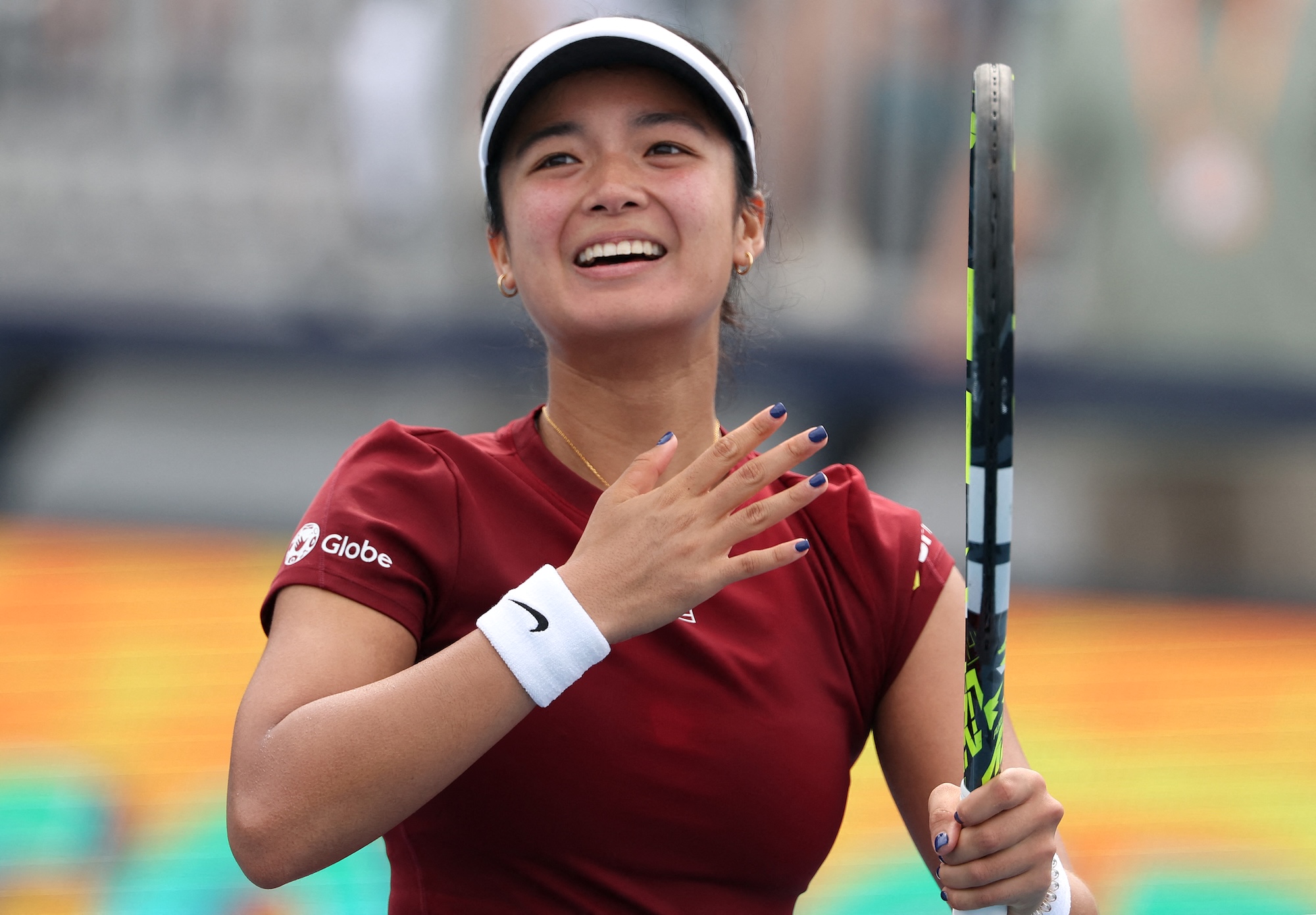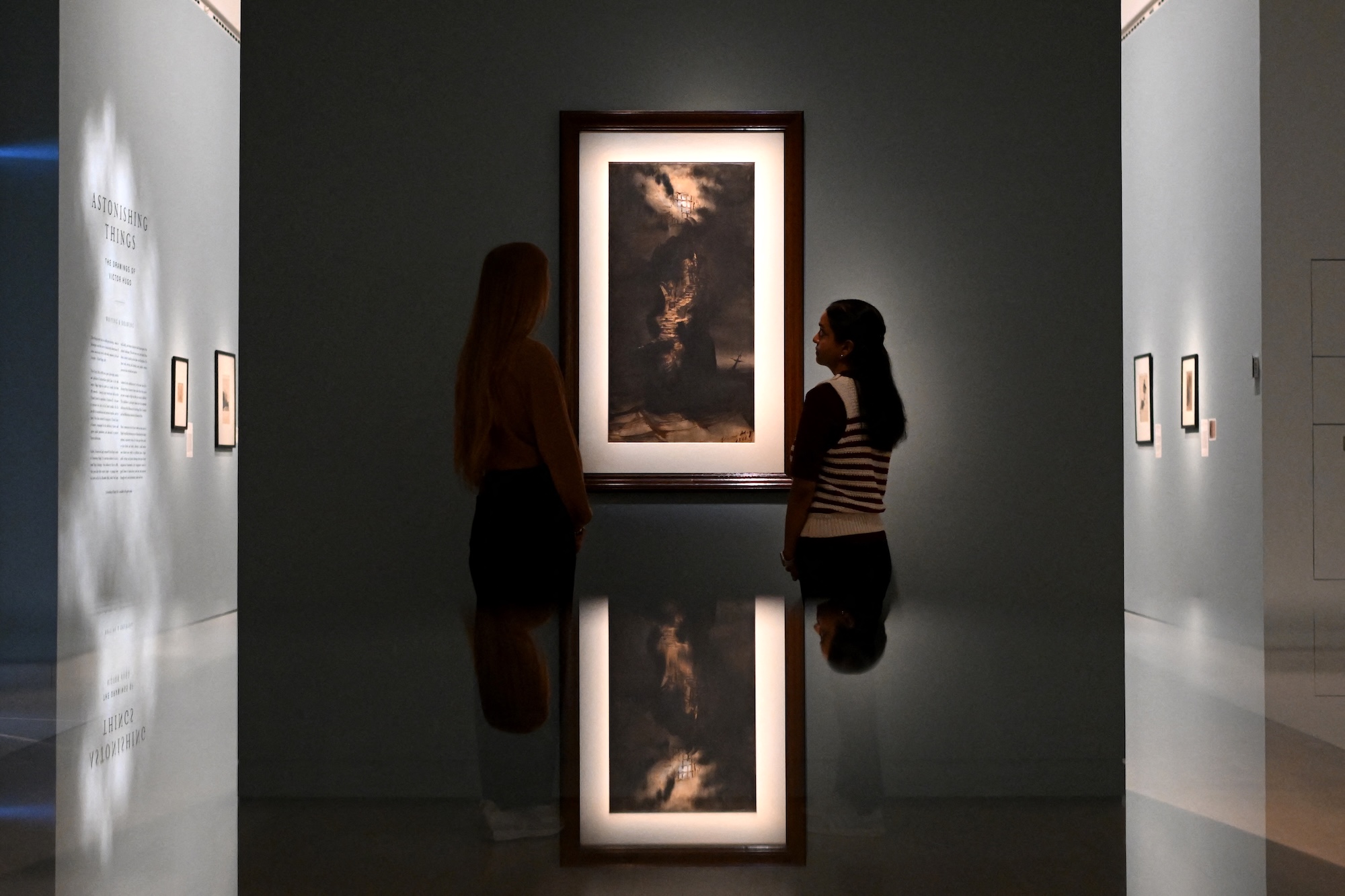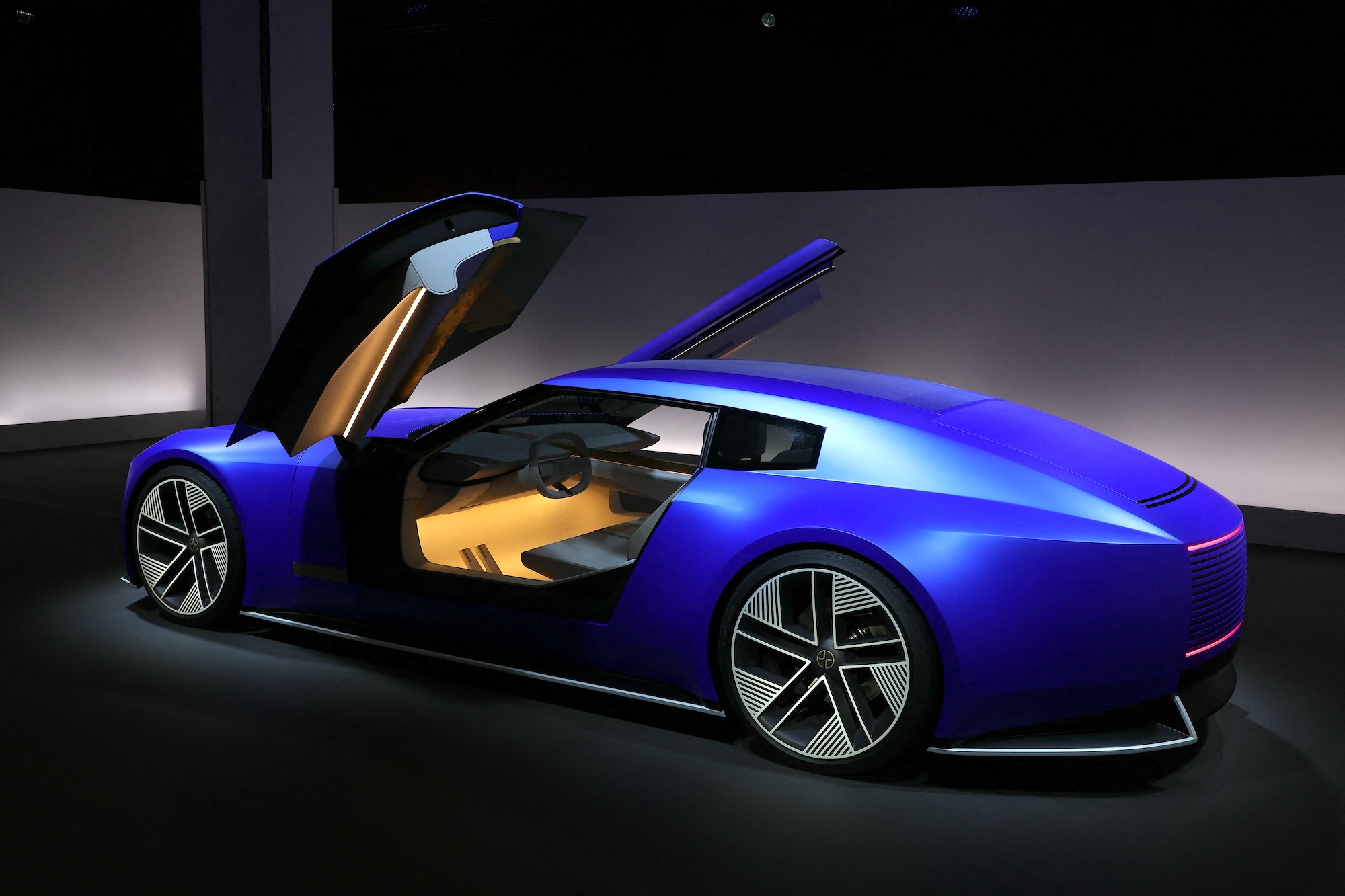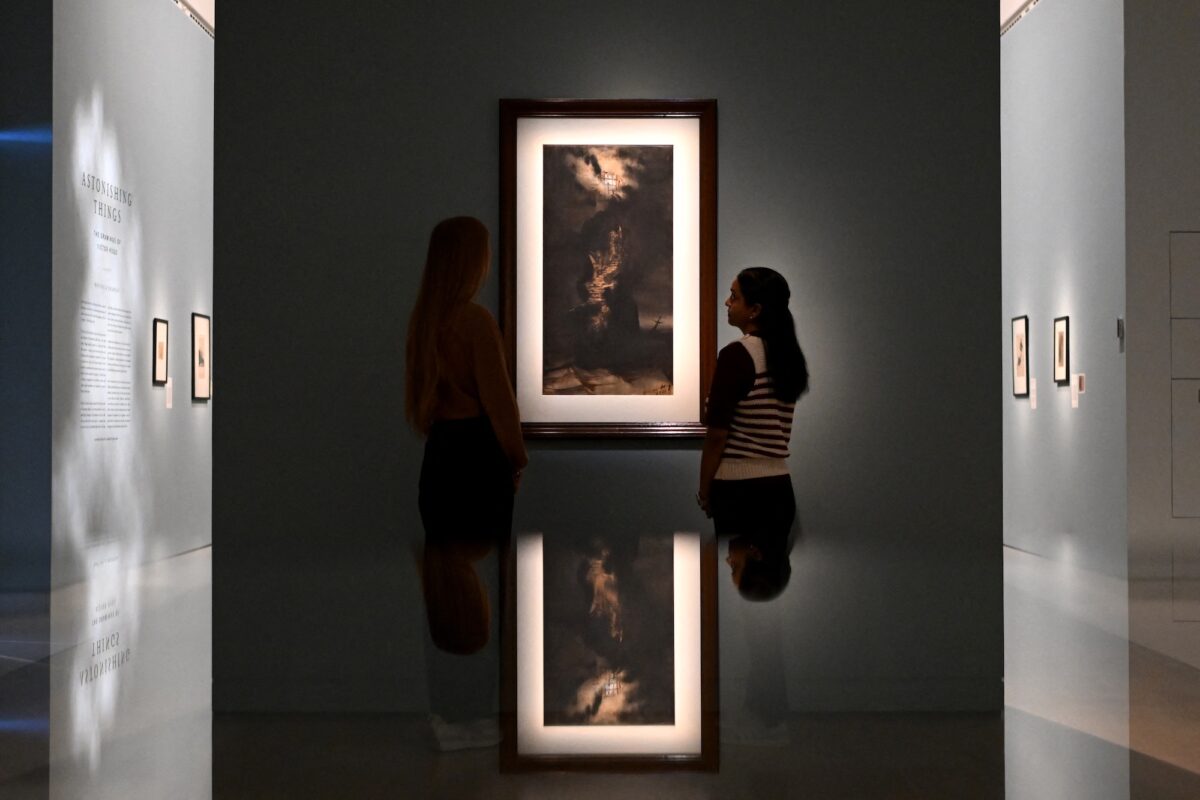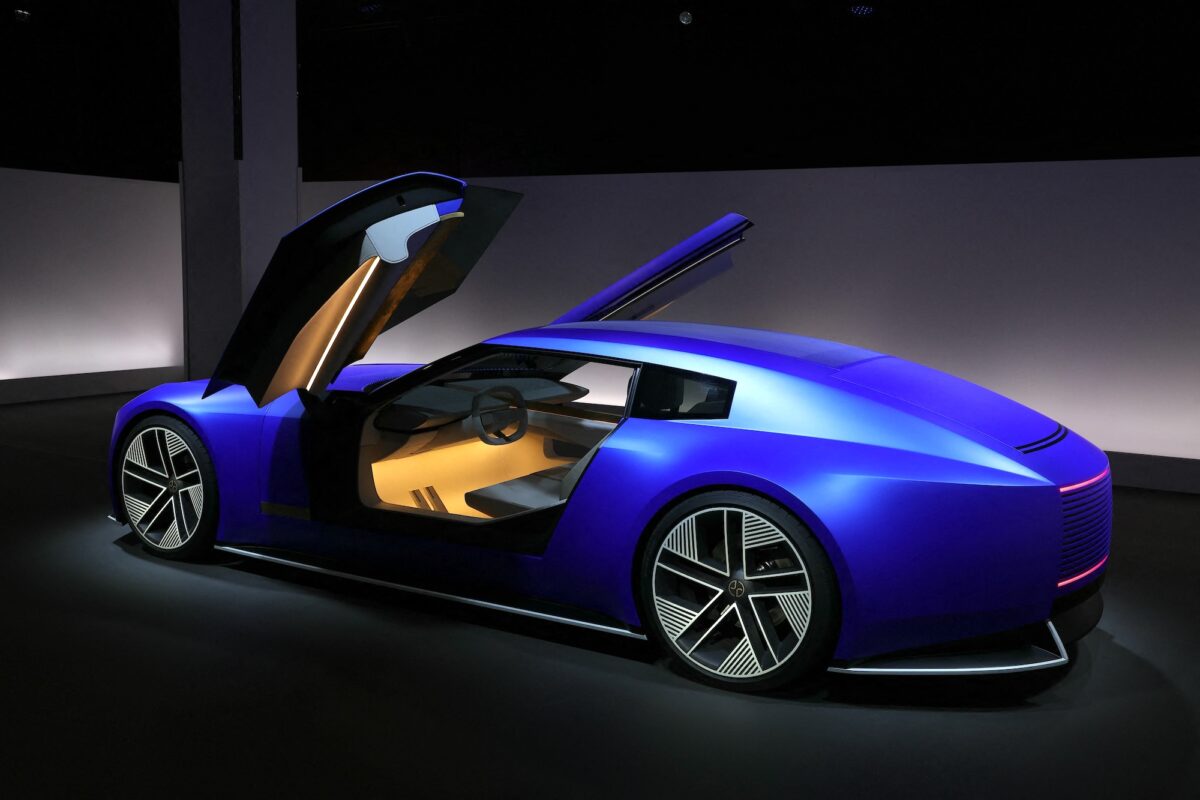Last of two parts
While the tradition of the Vista Iglesia calls for the faithful to visit seven churches on Holy Thursday and pray seven repetitions each of Our Father, Hail Mary and Glory Be, others visit 14 churches to correspond with the 14 Stations of the Cross, praying at one Station in each church.
Here are the rest of the 14 most outstanding churches in Metro Manila we cited yesterday, based on their beauty as well as cultural and historical significance.
Sto. Domingo Church
Church of St. Dominic, or National Shrine of Our Lady of the Most Holy Rosary of La Naval de Manila, P. Florentino Street, Quezon City; 1954; Baronial-Modern
Built in the 1950s after the Dominican church in Intramuros was destroyed by the war, this is the biggest church in Metro Manila and also one of the biggest in Asia (with a floor area of 3,300 sq m).
National Artist José María Zaragoza, while still an architecture student at University of Sto. Tomas, was commissioned to design the structure, and he came up with Spanish Modern, a Mission style with elements of Gothic and Romanesque.
Above the three portals is a high-relief frieze designed by Italian sculptor Francesco Monti. On the nave are National Artist Carlos “Botong” Francisco’s brilliant murals. On the curved windows are Galo Ocampo’s gemlike stained glass windows.
Here is the ivory icon of Our Lady of the Rosary of La Naval de Manila, crafted by a Chinese heathen in Binondo in the early 17th century. It is gifted by devotees with jewelry, gem-studded crowns, golden robes and other valuables, including Nick Joaquin’s National Artist medallion. There is a museum holding liturgical items, antique icons and other untold treasures.
This was where the assassinated Benigno “Ninoy” Aquino Jr. was laid out for the wake in 1983.
In 2012, upon the enthronement of La Naval, the massive church complex was declared a National Cultural Treasure, the first so listed in Quezon City.
Malate Church
Church of Our Lady of Remedies, 2000 MH del Pilar St. Malate, Manila; 1588; Baroque
This was one of the earliest churches built outside Intramuros, incorporating diverse styles that range from Mexican Baroque and Renaissance to Islamic and Persian designs.
It is notable for its façade that resembles a monolithic retablo (side altar), twisted columns, massive hardwood doors with metal ornamentation. It has a cruciform structure.
On the altar is the highly revered icon of Nuestra Señora de los Remedios, brought from Spain in 1624.
Baclaran Church
National Shrine of Our Mother of Perpetual Help, or Redemptorist Church, Baclaran, Parañaque; 1958; Neo-Romanesque
This is one of the biggest Marian churches in the country, drawing thousands of devotees who pray the novena every Wednesday, popularly called Baclaran Day. It is open 24 hours, as befits the Mother of Perpetual Help.
This was a favorite Visita Iglesia destination of former First Lady Imelda Marcos. It served as a refuge for the frightened computer engineers who walked out during the controversial counting of ballots in the 1986 snap elections.
St. John Paul II said Mass here on two occasions.
Las Piñas Church
Church of St. Joseph, or Bamboo Organ Church, Fr. Diego Cera Avenue, Las Piñas; 1795; Baroque
The church was restored by Francisco Mañosa in the ’70s, with some contributions by sculptor Eduardo Castrillo.
It is renowned for its organ made mostly of bamboo pipes, the only one in the world.
Paco Church
Church of San Fernando de Dilao, 1521 Paz St., Paco, Manila; 1580; Neoclassical
It is notable for its Romanesque-Byzantine interiors.
Sta. Ana Church
Church of Our Lady of the Abandoned, New Panaderos Street, Sta. Ana, Manila; 1720; Baroque
This is one of the few churches in the country that has been left relatively intact since construction. It stands on archeological grounds, where 11th-century Chinese ceramics have been excavated.
Notable features include the retablo, baptistry, dome interior; the convento and patio; the lavishly decorated dressing room of the Virgin; and the well of healing water.
The church was declared a Historic Building in 1933. Its museum and the camarin de la Virgen were declared National Cultural Treasures in 2008.
Guadalupe Church
Church of Our Lady of Grace, 7440 Bernardino St., Guadalupe Viejo, Makati; 1601; Renaissance-Baroque
A beautiful church with striking features, it blends various architectural elements: Romanesque, Baroque, Gothic, Doric columns, arabesque ornamentation.
As the above list has the churches radially scattered, the faithful should plan the journey of visitation depending on which church is nearest his or her point of origin. The itinerary may be taken in reverse, that is, centripetally.
If those are out of the way, the following is a list of 10 more outstanding churches in Metro Manila:
San Bartolome Church
Church of St. Bartholomew, Rizal Avenue, Malabon; 1614; Greco-Roman
San Juan del Monte Church
Santuario del Sto. Cristo, F. Blumentritt Street, San Juan; 1602; Baroque
Edsa Shrine
Shrine of Mary, Queen of Peace, or Our Lady of Edsa, Ugong Norte, Quezon City; 1989; Modern
Mt. Carmel Church
Shrine of Our Lady of Mt. Carmel, Mariana, New Manila, Quezon City; 1954; Modernist
UP Chapel
Church of the Holy Sacrifice, Parish Office, Apacible Street, UP Diliman, Quezon City; 1950; Modern
Ermita Church
Archdiocesan Shrine of Our Lady of Guidance, Antonio Flores Street, Ermita, Manila; 1606; Modernist
Parañaque Cathedral
Cathedral Parish of St. Andrew, Quirino Avenue, La Huerta, Parañaque; 1580; Baroque
Santuario de San Antonio
Church of St. Anthony of Padua, 3117 McKinley Rd., Forbes Park, Makati; 1975; Mission Revival
Pasig Cathedral
Cathedral of Our Lady of the Immaculate Conception, Plaza Rizal, Malinao, Pasig; 1573; Baroque
Dambanang Kawayan
Church of St. John the Baptist, Maestrang Pinang Street, Ligid-Tipas, Taguig; 1969; Neo-Romanesque


